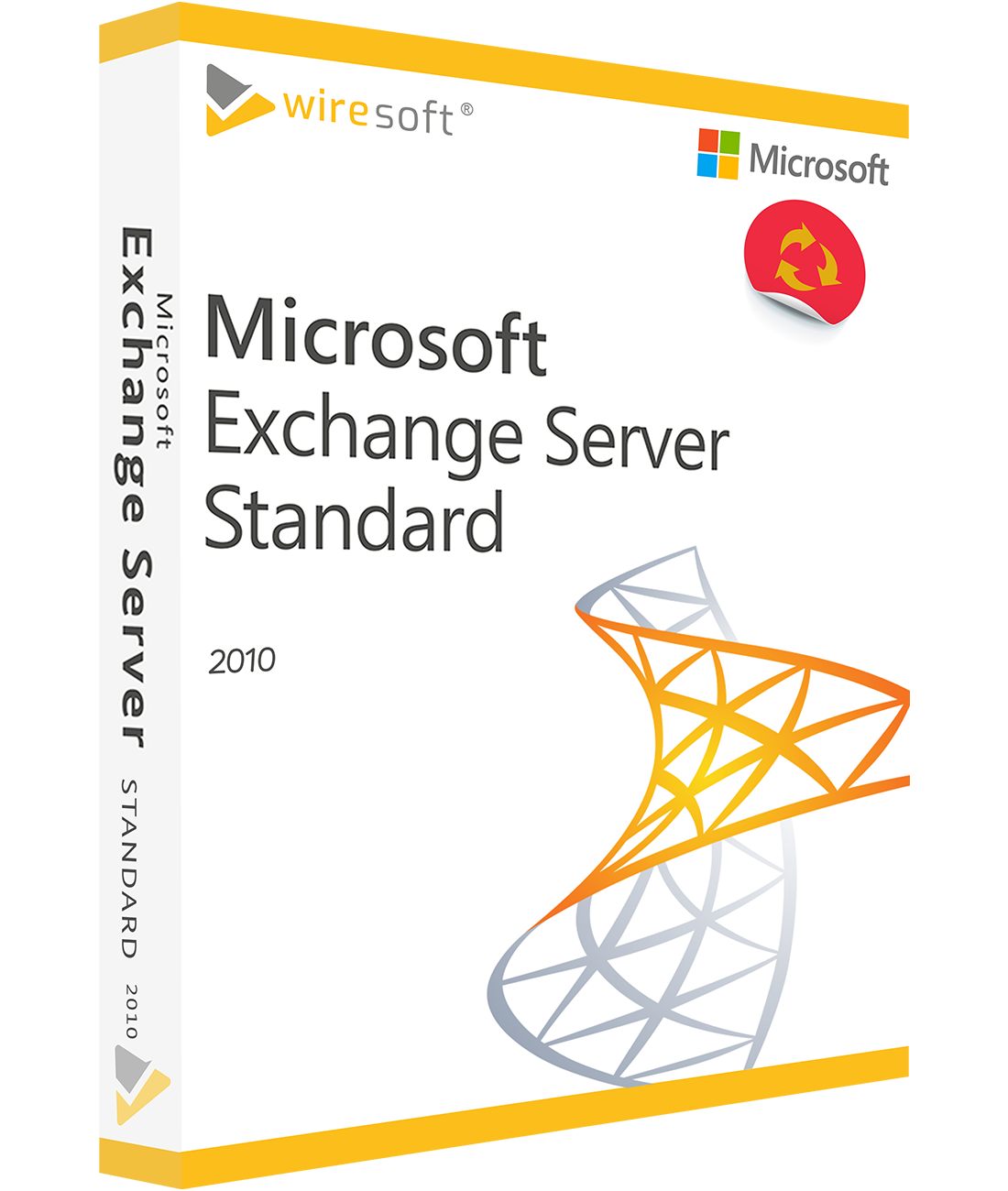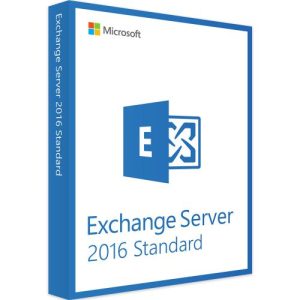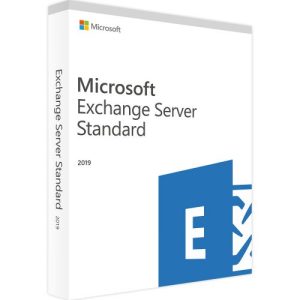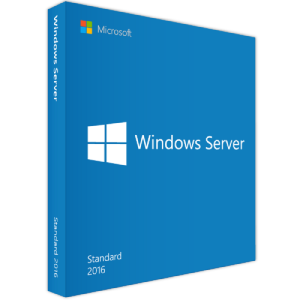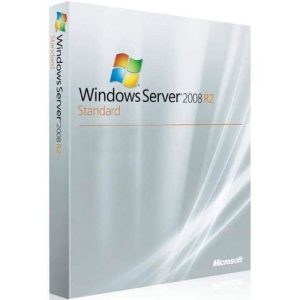Exchange Server 2010
Description
Microsoft Exchange Server 2010: The Collaboration Powerhouse for Businesses
Microsoft Exchange Server 2010 is a powerful messaging and collaboration platform designed to enhance communication, improve productivity, and streamline IT management. With its robust set of features, Exchange Server 2010 enables organizations to provide reliable email services, calendar sharing, task management, and instant messaging, all while ensuring data security and compliance.
Why Choose Exchange Server 2010?
- Enhanced Outlook Web App (OWA)
The new version of Outlook Web App (formerly known as Outlook Web Access) offers a rich, browser-based experience, allowing users to access their emails, calendars, and contacts from any device with an internet connection. OWA 2010 includes features such as conversation view, a streamlined interface, and support for multimedia content, making it easier for users to stay connected and productive. - Improved Email Management
Exchange Server 2010 introduces MailTips, a feature that provides real-time suggestions and warnings as users compose emails. This helps prevent mistakes, such as sending messages to the wrong recipients or exceeding mailbox limits. The Journaling feature offers comprehensive logging of email communications for compliance and regulatory purposes. - Better Storage and Archiving Options
With Database Availability Groups (DAGs), Exchange Server 2010 provides high availability and disaster recovery capabilities for mailboxes. This allows organizations to maintain access to emails even in the event of server failures. Additionally, the Personal Archive feature allows users to manage their email storage effectively, reducing the size of their primary mailbox while retaining access to older messages. - Unified Messaging
Exchange Server 2010 integrates voice messaging, email, and fax capabilities into a single unified messaging platform. Users can access their voicemail through their email inbox and receive transcriptions of messages, improving communication efficiency and reducing the need for multiple systems. - Mobile Device Support
With enhanced support for mobile devices, Exchange Server 2010 enables users to synchronize their emails, calendars, and contacts across various smartphones and tablets. The ActiveSync protocol ensures that users can access their information securely, whether they are in the office or on the go.
Technical Specifications
- System Requirements:
- Operating System: Windows Server 2008 or Windows Server 2008 R2 (Standard, Enterprise, or Datacenter)
- Processor: 64-bit processor; dual-core or better recommended
- Memory: Minimum of 4 GB of RAM (8 GB recommended for optimal performance)
- Disk Space: Minimum of 30 GB for installation; additional space required for mailbox databases and logs
- Active Directory Requirements:
Exchange Server 2010 requires Active Directory (AD) for its directory services, and it is recommended to have at least Windows Server 2003 SP1 or later as the AD domain controller.
Key Features
- Enhanced Outlook Web App (OWA): Rich, browser-based email access with improved features for user experience.
- MailTips: Real-time email composition suggestions to reduce errors and enhance productivity.
- Database Availability Groups (DAGs): High availability and disaster recovery for mailbox databases.
- Unified Messaging: Integration of email, voicemail, and fax into a single platform.
- Personal Archive: Email archiving capabilities to manage storage effectively.
- Mobile Device Support: Seamless synchronization of emails, calendars, and contacts across devices using ActiveSync.
Streamline Communication and Collaboration
Microsoft Exchange Server 2010 is an ideal solution for organizations looking to enhance their communication capabilities while ensuring security and compliance. With its robust features and user-friendly interface, it empowers users to collaborate more effectively, manage their time better, and stay connected, regardless of their location.
Upgrade to Microsoft Exchange Server 2010 and transform the way your organization communicates and collaborates.

